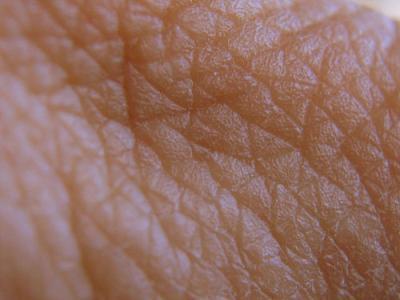Skin corrosion refers to the production of irreversible damage to the skin manifested as visible necrosis through the epidermis and into the dermis, following the application of a test material.
The test material is applied topically to a three-dimensional human skin model, comprising at
least a reconstructed epidermis with a functional stratum corneum. Corrosive materials are identified by their ability to produce a decrease in cell viability [as determined, for example, by using the MTT reduction assay. Two tissue replicates are used for each treatment (exposure time), including controls. For liquid materials, sufficient test substance must be applied to uniformly cover the skin surface; a minimum of 25 μL/cm2 should be used. For solid materials, sufficient test substance must be applied evenly to cover the skin, and it should be moistened with deionisised or distilled water to ensure good contact with the skin. Where appropriate, solids should be ground to a powder before application.
The most frequently used assay is MTT [3-(4,5-Dimethylthiazol-2-yl)-2,5 diphenyltetrazolium bromide, Thiazolyl blue; CAS number 298-93-1)] reduction. MTT gives a blue color reaction with the dehidrogenase enzyme of the cellular mitochondria.
